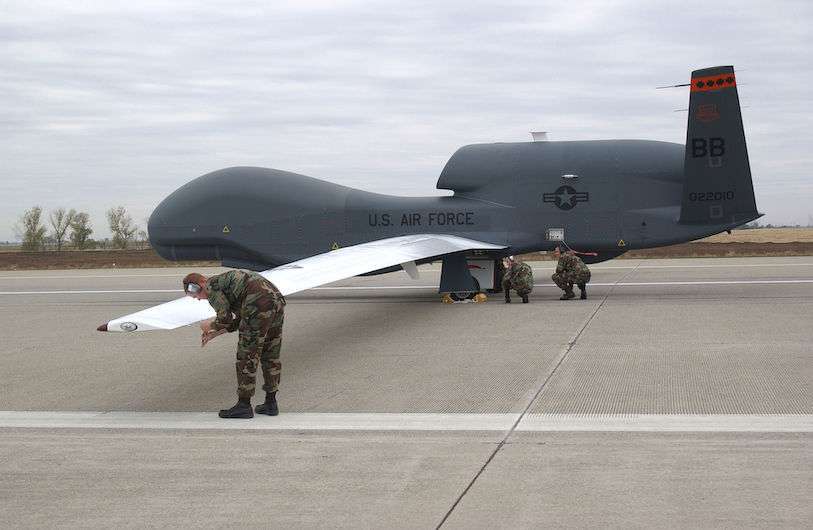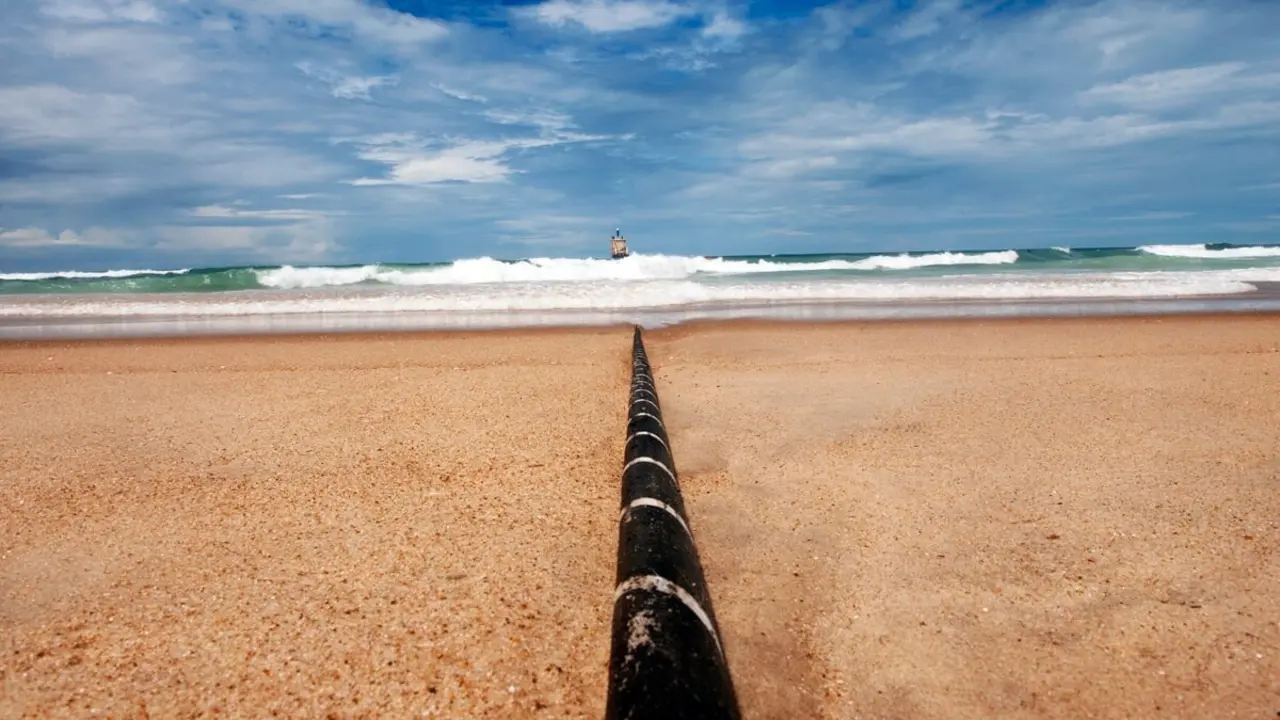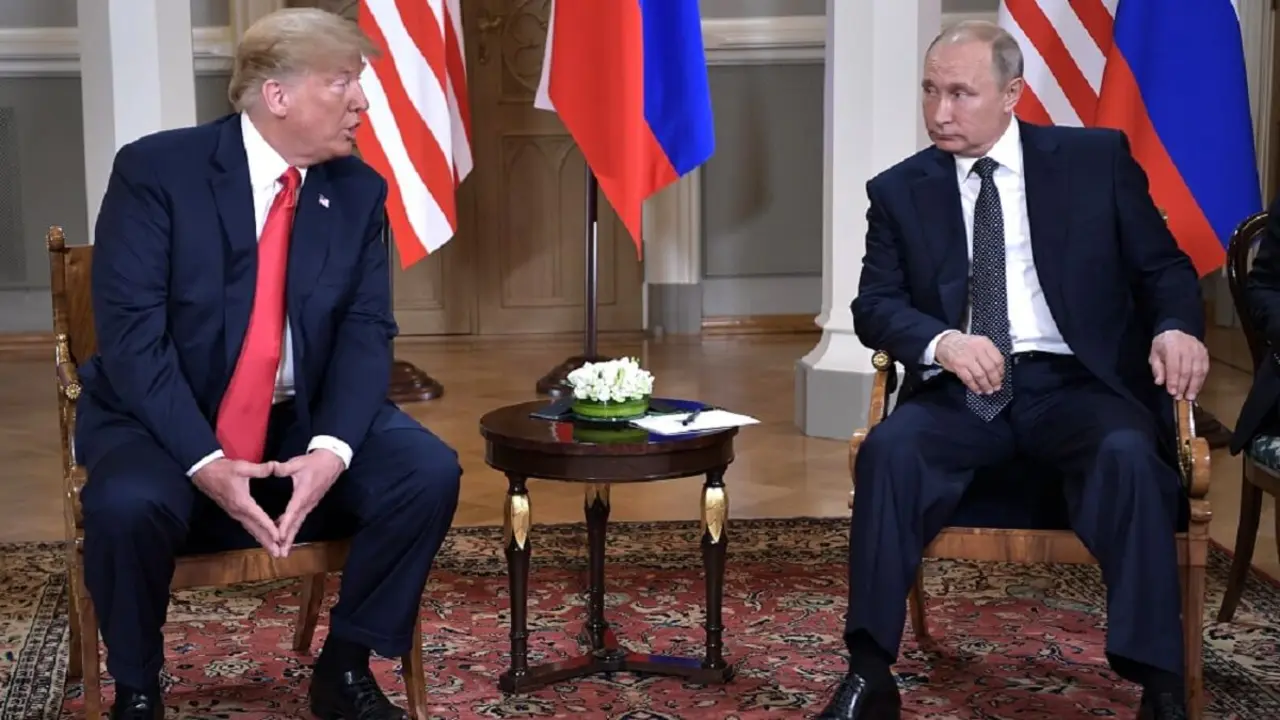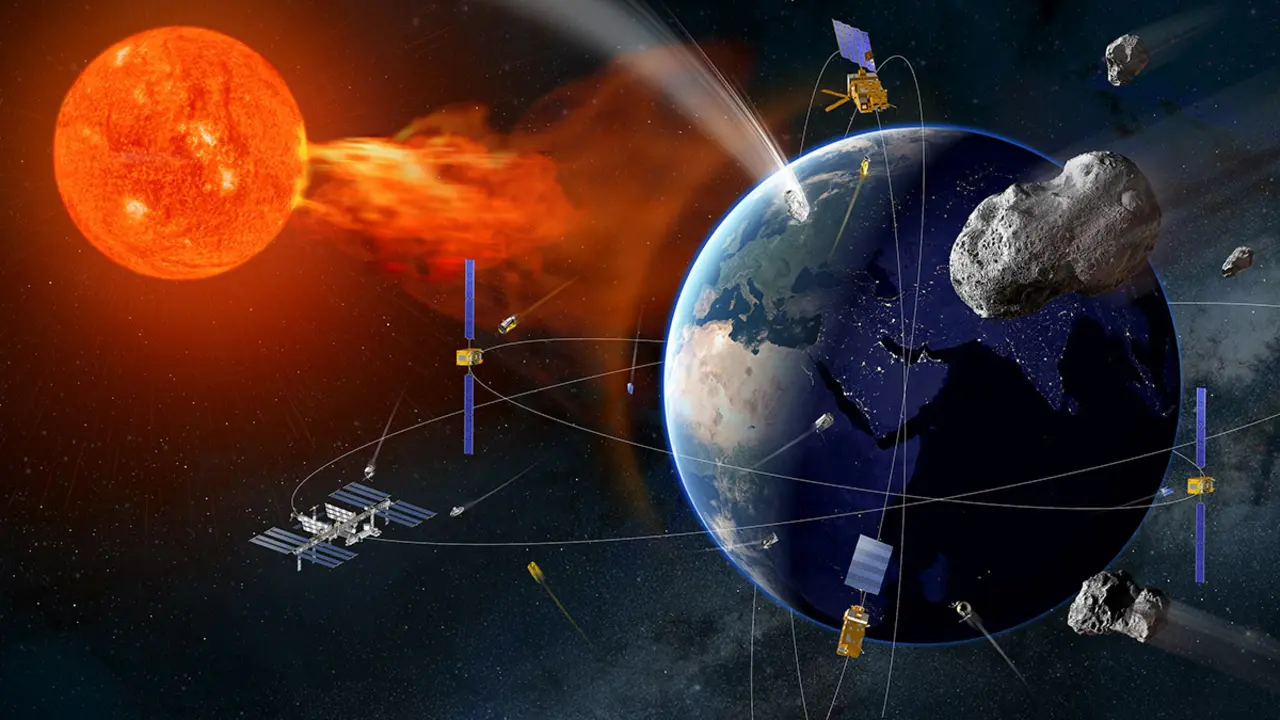Spain partners with Germany, France and Italy to build Europe's largest military drone

Defence ministers from Germany, France and Italy breathed a sigh of relief when they received confirmation that the Council of Ministers presided over by Pedro Sanchez had agreed to authorise an investment of 1.75 billion euros, Spain's share to develop, manufacture and buy four complete systems for the EuroMALE, which will be Europe's largest unmanned military aircraft.
The newly appointed German Defence Minister Christine Lambrecht, the veteran French Minister Florence Parly and the Italian Lorenzo Guerini were waiting for the PSOE-Podemos coalition government to finally fulfil the commitment repeatedly expressed by the Minister of Defence, Margarita Robles, and her Secretary of State, Esperanza Casteleiro.

The news has been greeted with great satisfaction by the heads of the three major business corporations responsible for making the aircraft and all its sophisticated technology on board and on the ground a reality: the German Mike Schoellhorn, who since 1 July has been at the helm of Airbus Defence & Space; Eric Trappier, who heads the French aeronautical manufacturer Dassault Aviation; and the Italian Alessandro Profumo, who heads Leonardo, the Italian aerospace, electronics and defence conglomerate.
Despite the convoluted and scant information provided by the State Secretariat for Communication at the end of the Council of Ministers on 25 January, the EuroMALE project is of the utmost importance for the start of the longed-for European strategic autonomy preached by Brussels.
Also known as EuroDron, EuroMALE is a remotely piloted - i.e. unmanned - airborne system that aims to become the first and largest operational strategic military drone ever developed in Europe. At 16 metres long - slightly longer than a 3-axle coach - it is designed to carry out discreet reconnaissance, surveillance and target acquisition missions, known in military parlance as ISTAR missions.
The project was launched in September 2016 with the participation of the Spanish Air Force. "We saw the opportunity to join the German, French and Italian air forces in the take-off stage of the initiative and we didn't hesitate," confirm sources close to the programme. Spain was thus on an equal footing to define the parameters of a new and sophisticated air surveillance vector with three components: the flight component - the pilotless aircraft -, on-board observation and detection technologies, and the ground segment, which controls, receives and decodes the data captured by the aircraft's on-board sensors.
The first step was taken by the staffs of the four air forces, which defined the requirements of the future MALE, an acronym for Medium Altitude Long Endurance (MALE). For example, the aircraft must have the autonomy to remain in the air for 24 hours under any atmospheric conditions; it must be able to take off and land automatically; it must be able to reach a service ceiling of 45,000 feet (13,700 metres). Also, that it can accommodate different weapons systems under its wings, which Germany has ruled out for the time being.

The four defence ministries and their reference industries then began a two-year definition phase, which concluded at the end of November 2018 and clarified several aspects. The first, imposed by Germany, was that the aircraft must be powered by turboprop engines and not jet turbines. Second, its maximum take-off weight must be in the order of 11 tonnes.
And third, that EuroMALE's payload capacity is 2.3 tonnes, enough to accommodate electro-optical cameras in the visible and infrared spectrums, geolocation instruments, a miniaturised synthetic aperture radar, an on-board signal processing system and, of course, satellite communications. Its survivability in or near hostile territory will be ensured by advanced electronic warfare equipment. Germany's Hensoldt, France's Thales, Italy's Elettronica, and Spain's Indra are involved.
The industries have agreed that Germany will be the lead country in EuroMALE, with a financial contribution of 31% of the total, while that of France, Italy and Spain is limited to 23%. They have also agreed that Airbus Defence and Space GmbH will be the prime contractor for the project, that there will be a single aircraft production line and that it will be built at the large Airbus factory in Manching, some 70 kilometres north of Munich. These were decisions taken after the two sides resolved their serious disagreements on the division of responsibilities and workloads.

Another agreement reached is that the development and production of the project will be managed by the Organisation for Joint Armaments Cooperation, OCCAR. And that the EuroMALE aircraft must obtain airworthiness certification and integration into non-segregated airspace, which must be approved by the European Union's European Aviation Safety Agency (EASA).
On the economic-financial front, Germany, France and Italy have been waiting for many months for the Spanish government to put its contribution money on the table, a step prior to signing the governance agreement and the contract with the industries. But in February 2021, Margarita Robles' Ministry of Defence notified its partners that it did not have the necessary budget and that it had to wait to receive funds from the European Recovery Plan before committing to the project.

Meanwhile, Paris, Rome and Berlin approved their investments. For example, in April the Bundestag gave its approval to Germany's contribution of 3.1 billion euros for 21 aircraft, 12 control stations and 4 simulators. The fact that EuroMALE is led by Germany and that the main contractor for the industrial project is Airbus Defence and Space GmbH facilitated the approval of the German Lower House.
Paris plans to spend around 2 billion for the purchase of 12 drones and 4 control centres, while Rome is financing the purchase of 15 drones and 5 ground segments with 1.9 billion. Madrid has just approved a slightly lower amount than Italy for 1.75 billion euros, of which 1.43 billion euros will be provided by the Ministry of Industry. In total, the four countries have committed to acquiring a total of 63 drones and 21 ground segments for aircraft control and data reception.
The contracts are expected to be signed in a couple of months, which should lead to the development and subsequent manufacture of the aircraft, equipment and engines. The current outlook is that Airbus will deliver the first EuroMALE aircraft to the Luftwaffe in 2027 and to the French Air Force in 2028.

An underground war is about to be fought over the engines to be fitted in EuroMALEs. It pits Italy's Avio, which is proposing the new General Electric Catalyst engine, against the new Ardiden 3TP engine from France's Safran Helicopter Engines, which is leading a team made up of Germany's ZF, Italy's Piaggio Aerospace and Spain's ITP Aero. The stakes remain high.









